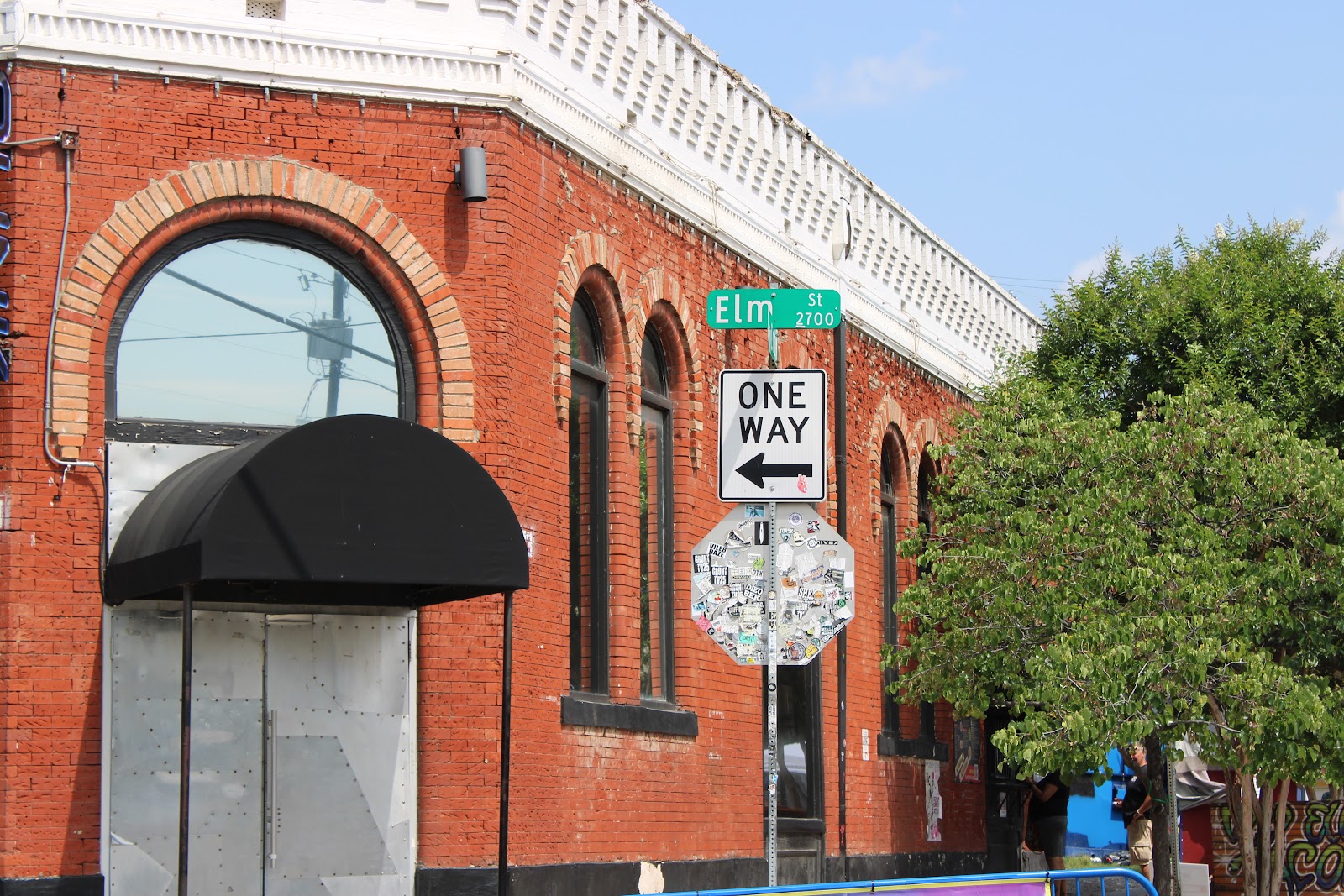Short lines have long been the workhorse for Class 1 railroads. Without them, life as we know it on the rail would be one big mess. They are the interurban lines that move by switching out full and empty rail cars to the end user, bringing them to a central yard and separating cars to and from the Class 1 railroads. It's like a big wagon wheel hub with the Class 1 railroads on the outer rim and the short line(s) at the hub. In transportation, the railroads use it. The trucking industry uses it. The airlines use it (both passengers and cargo). Fed Ex and UPS and the USPS and DHL use it. Ocean-going and Great Lakes ships use it. The military use it.
Years ago, one of the large paper companies, as it applies to shipping and routing, would load a rail car on the west coast and simply route it to the east coast with no other destination. Their logic was that one, they didn't have to pay warehouse charges; two, it saved tons of time; three, before the rail car got to the east coast, one of their locations nation wide would need the material on that car. If they did not, then the dispatcher would simply route the car again to west coast. The transportation cost via rail was still lower than paying warehouse charges and in and out fees. This, of course, fell under the general definition of logistics, or the management of the flow of goods between the point of origin and the point of consumption in order to meet some requirements. The above example is about as classic of an example as it gets.
Years ago, one of the large paper companies, as it applies to shipping and routing, would load a rail car on the west coast and simply route it to the east coast with no other destination. Their logic was that one, they didn't have to pay warehouse charges; two, it saved tons of time; three, before the rail car got to the east coast, one of their locations nation wide would need the material on that car. If they did not, then the dispatcher would simply route the car again to west coast. The transportation cost via rail was still lower than paying warehouse charges and in and out fees. This, of course, fell under the general definition of logistics, or the management of the flow of goods between the point of origin and the point of consumption in order to meet some requirements. The above example is about as classic of an example as it gets.





No comments:
Post a Comment